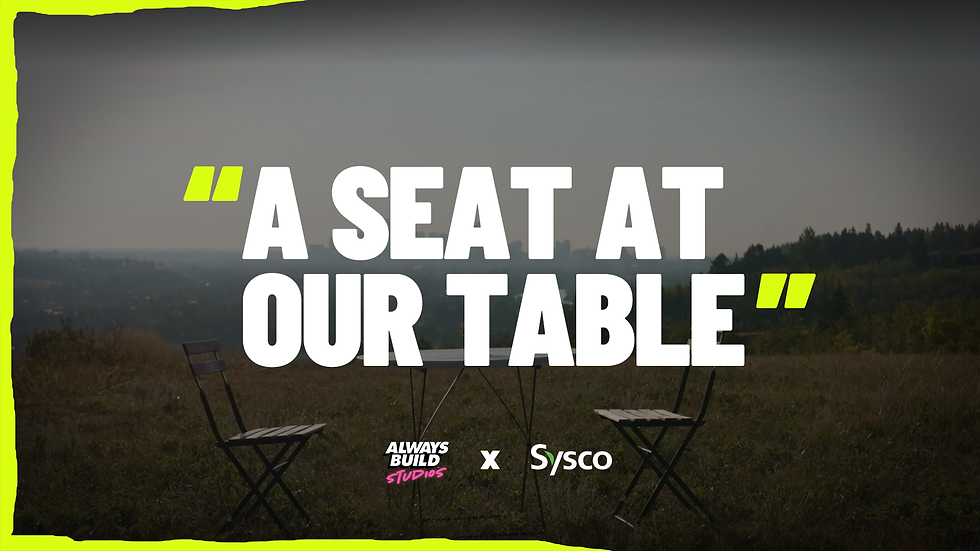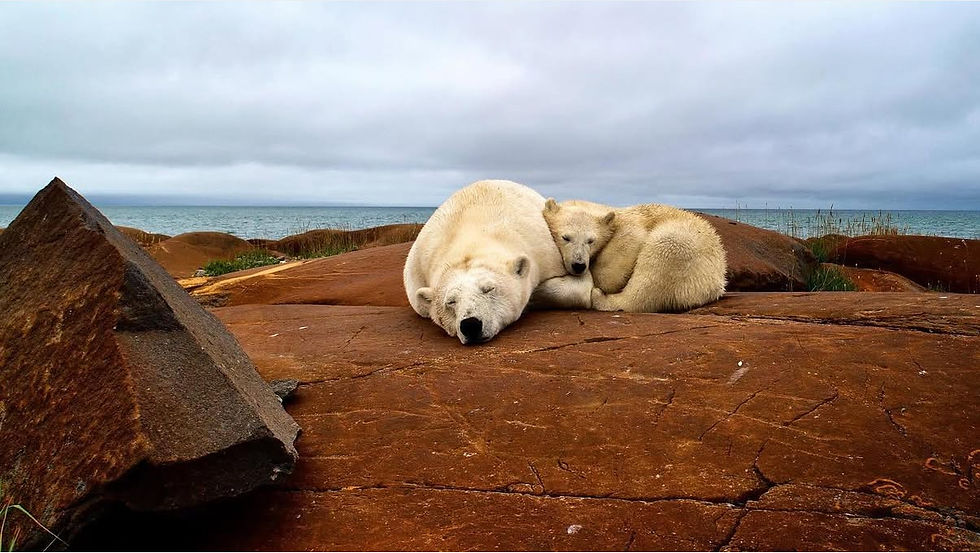Liquid Death: The Canned Water That Killed It
- Always Build

- Aug 5
- 3 min read
So, you’re telling me a company took water—something you can get for free—and turned it into a $700 million brand by putting it in a tallboy can and calling it Liquid Death?
Yup. And it worked. Big time.
But here’s the thing: it wasn’t just the name or the can. It was the story.
Liquid Death didn’t market hydration. They built a movement. One with irony, edge, rebellion—and believe it or not, substance. They didn’t enter the bottled water aisle. They kicked the door down, screamed “death to plastic,” and walked straight into people’s brains.
Let’s unpack how they did it—and what your brand can learn from it.

The Insight: Water Is Boring. Marketing Doesn’t Have to Be.
Mike Cessario, a former ad creative and the founder of Liquid Death, saw something most people didn’t. He noticed that energy drinks and craft beer were winning hearts with story, character, and identity.
Water? Water was playing it safe.
He asked, what if water wasn’t just healthy—but hardcore?
The brand started with one question:
“Why do energy drinks get to have all the fun?”
That’s the seed. The founding tension. Healthy living felt bland and holier-than-thou. Liquid Death flipped it. They gave health the attitude of heavy metal. And it clicked.

The Story: Murder Your Thirst (and Plastic While You’re At It)
Liquid Death
Here’s where the narrative spine kicks in.
Liquid Death’s origin story wasn’t “clean mountain springs” or “premium hydration.” It was a ridiculous, theatrical horror movie concept: water so pure and cold, it brutally murders your thirst.
But the deeper story was anti-plastic. The can was a provocation. A symbol. And the message was simple:
“We’re selling water. In a can. Because plastic sucks.”
That moral clarity—packaged in chaos—is what gave the brand depth.
People didn’t just buy Liquid Death for the taste. They bought it because it meant something. Because it let them say, “I care about the planet, but I’m not going to hug a tree about it.”

The Execution: Story at Every Touchpoint
This is where most brands fall down. They have a story, but don’t use it. Liquid Death? They told the story everywhere.
On the can: Gothic type. Death metal vibes. Ingredients written like a necromancer’s scroll.
In their ads: Fake horror trailers. A grandma flipping off a group of plastic bottles. Tony Hawk doing a blood deal with the brand.
On their website: Merch, skateboards, and a wellness plan called “Murder Your Habits.”
Every piece of content was an expression of the core idea: healthy shouldn’t mean boring.
Even their social media tone had a specific role in the story: part metalhead, part activist, part class clown. That voice became a character, which became a community.

The Impact: Sales, Loyalty, and a Category Rewritten
Let’s talk results:
$700M+ valuation (as of 2023)
Over $100M in revenue projected annually
More social engagement than most legacy CPG brands combined
But the real flex?
They didn’t just take shelf space. They changed it.
Suddenly, retailers had to rethink where and how water is merchandised. Other brands scrambled to copy the tone. VCs started hunting for “the next Liquid Death.”
And that’s what great brand storytelling does. It doesn't just market a product. It moves the category.

What You Can Learn (Without Pretending You’re a Punk Band)
Not every brand needs to wear black and scream into the void. But the principles Liquid Death used? They’re universal.
Find the tension. If your category feels one-dimensional, what’s the unexpected angle?
Build a story engine. Not just a tagline. A worldview that scales across formats.
Commit to the bit. Liquid Death didn’t do irony halfway. They lived their story.
Make your product a statement. Why do people want to be seen with it? What does it signal?

And maybe most importantly:
Your story doesn’t need to be serious to be powerful. It just needs to be true to your brand’s DNA.
Liquid Death didn’t “disrupt” the water market with a better product. They did it with a better narrative.
They tell one story, a hundred different ways. They don’t chase attention. They earn it by being clear on who they are—and who they aren’t.
That’s what we call a Unique Story Proposition.
If you’re looking to build a brand that scales without breaking, that earns fans instead of begging for clicks, that makes water feel like a revolution—start with the story.



Comments